I don’t like to describe anything as a miracle when it comes to gardening, but honestly, mulch comes close. Before I learned how to mulch, my garden was plagued with problems. While my square-foot garden did a good job of choking out weeds on its own (due to close spacing), my garden soil still seemed to be dry.
Having a garden in a prime, full sun location has its perks, but in the very middle of the summer, it’s tough to keep it well watered. I don’t have the patience to install an irrigation system (trust me, I tried) and watering every morning isn’t always possible. Mulch to the rescue!
What Is Mulch Used For?
Mulch has a variety of benefits.
- Moisture retention: Mulch can keep your soil nice and moist for an extended period of time. It prevents your topsoil from drying out even on very warm days.
- Protecting root systems: A dense layer of mulch can protect your plants from hard frosts and keep them alive through the winter in certain climates.
- Soil conditioning: Bump up the airiness of your soil by applying mulch.
- Controlling soil temperature: Depending on the season, use mulch to keep your soil warm or cool. I like to use mulch for cool-season crops like lettuce and Asian greens.
- Blocking weed growth: Use mulch to control weed growth in problem spots and around your plants.
- Aesthetics: Mulch can also be used decoratively. Colored mulches can be used to improve the look of your landscaping and highlight specific areas of your garden.
Types Of Mulch
Mulch is an overarching term for several different materials. There are both organic and inorganic mulch options.
Organic
These are natural sources of mulch that will eventually break down in your soil and help to condition the earth over time. The following are a few of the most popular organic mulch options.
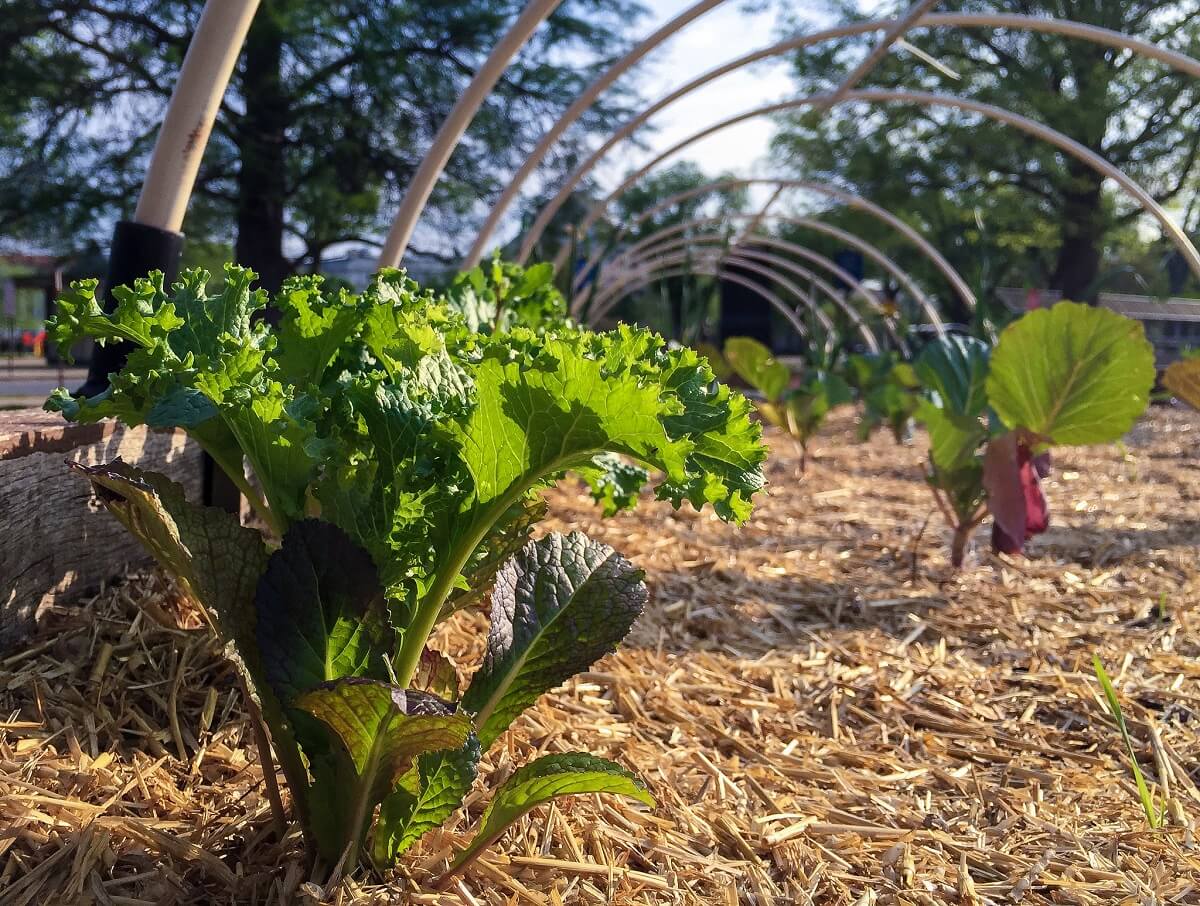
- Straw: Straw is one of my favorite types of mulch. Straw is an excellent soil conditioner and conserves moisture well. Avoid accidentally purchasing hay. Unlike straw, hay may contain weed seeds.
- Compost: In addition to improving soil condition, compost also adds essential nutrients to your soil. Make sure your compost is properly composted to avoid burning your plant roots and stems.
- Leaf mulch: If you have a bunch of trees on your property, you’ll find it easy to source this type of mulch. Leaves should be shredded before applying them as mulch. Unshredded leaves may harbor pests, and create a thick barrier that limits aeration.
- Grass clippings: If you have a lawn to mow, you can easily get your hands on grass clippings, but be careful to avoid clippings from a treated lawn. Not interested in picking up grass clippings after mowing? Leave them there. They’ll introduce nutrients into your lawn.
- Wood chips: They are easy to use, abundantly available at nurseries and hardware stores, and slower to decompose than other types of mulch.
- Cardboard: Choose cardboard without dyes and use it to keep weeds at bay. It works well as a weed barrier at the bottom of a raised bed.
- Coco coir: A coconut byproduct that readily decomposes and retains moisture quite well.
The downside of organic mulches? You’ll need to add more mulch every year.
Inorganic
Inorganic options won’t break down in the soil and last much longer than organic solutions.
- Stones, rocks, and glass: These options help with drainage, but heat up a lot. They’re best for creating a rock garden.
- Faux wood chips: Usually made of rubber, this type of mulch is cheap and won’t break down like organic options. Not ideal for edible garden use because of toxicity concerns.
- Black plastic: One of the best ways to get rid of pesky weeds that seem to return no matter what you do. Plastic blocks water penetration, so you’ll need to be sure to provide water to your plats. Another option is landscape fabric that allows water to pass through but isn’t as useful for getting rid of troublesome weeds. Both are excellent choices for warm weather crops that prefer very warm soil.
Inorganic mulches are typically available in an array of colors. Options like stones offer a unique look but represent a challenge if exposed to full sun since they absorb heat.
How To Mulch: Step By Step
Applying mulch in the garden is fairly straightforward, but there are definitely some tips to learn how to mulch effectively.
1. Choose Your Mulch
You may choose to use different types of mulch in different areas (e.g., plastic mulch for your pepper plants and rubber “wood” chips for your flowerbeds).
2. Buy Enough Mulch For Your Space
Buy the right amount of mulch to cover your garden. Mulch can be purchased in bags or by the truckload from local plant supply stores or nurseries.
3. Remove Existing Weeds
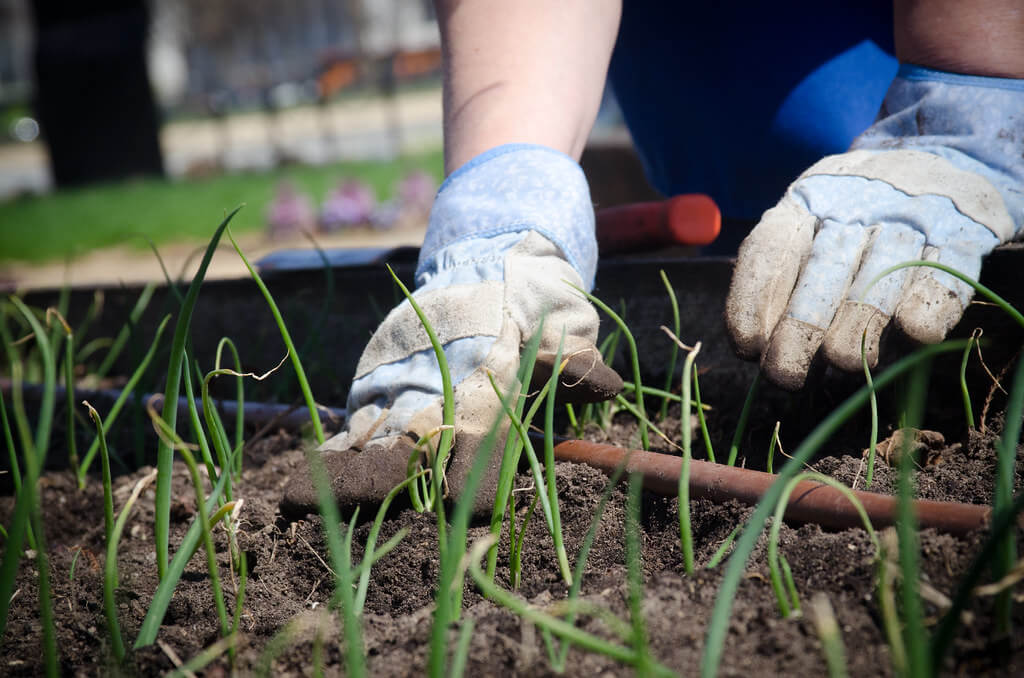
Before you lay out your mulch, make sure to remove any weeds. Mulch will help suppress weeds, but they can always grow back if left in place.
4. Remove Existing Mulch (Optional)
If adding to existing mulch (like that in a flowerbed), you may remove it or top dress.
5. Add Mulch In A Pile And Spread
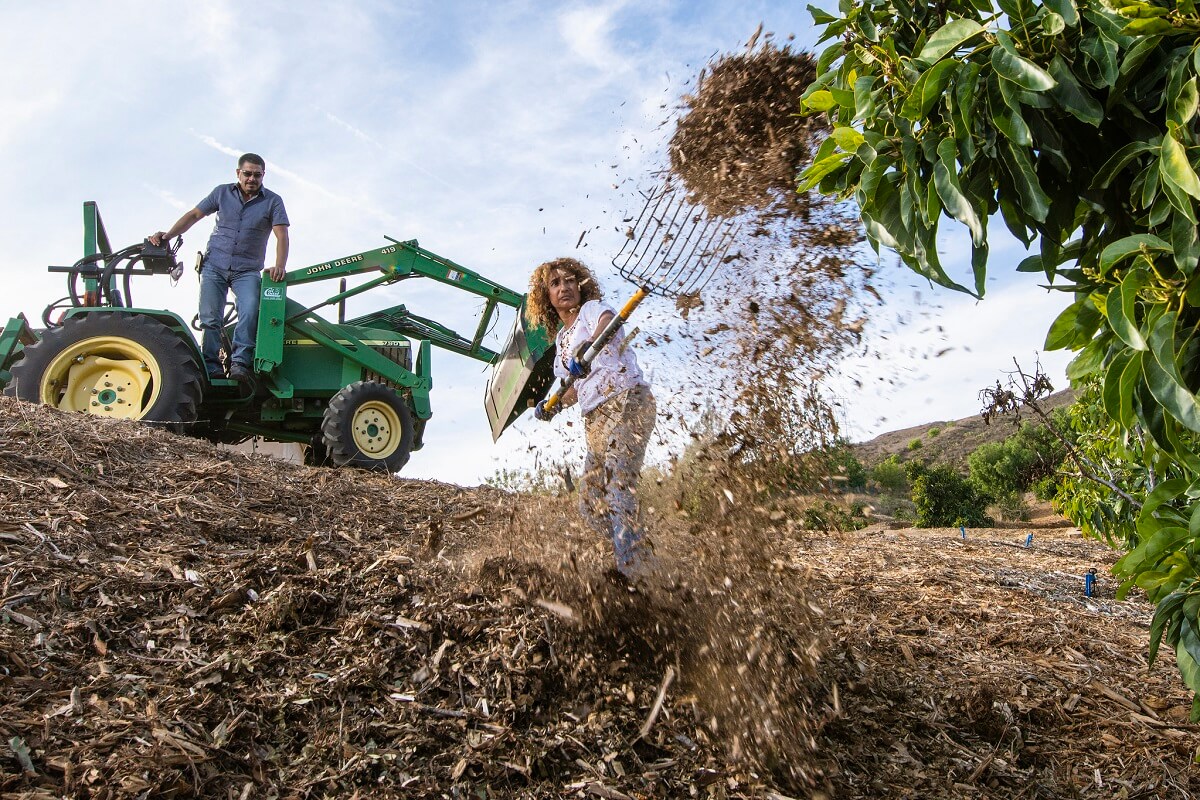
Add mulch in piles to the intended area. Use a rake to spread the mulch, and avoid layering it too thickly. Too much mulch can affect the health of your plants.
6. Add Mulch Around Your Plants
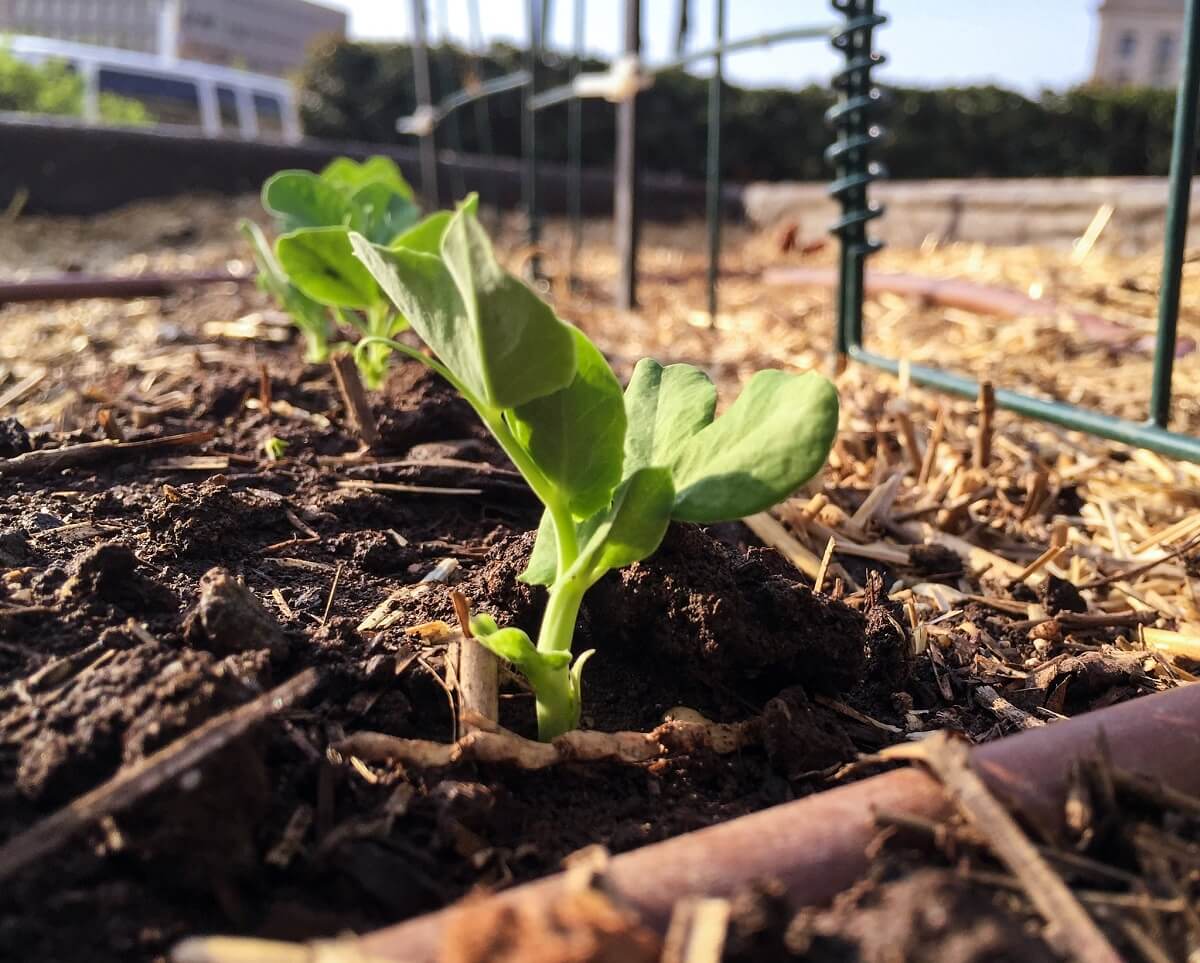
For vegetable plants, add mulch around the stem, but be careful not to mulch too close. Mulching near the stem may increase the risk of plant disease.
7. Water Your Garden Bed
Don’t forget to water once the mulch has been applied. Add the first burst of moisture to keep the dry material in place.
8. Maintain, Maintain, Maintain!

If applying organic mulch, be sure to add more every year.
When To Use Mulch
Use mulch at the start of the season to maximize benefits. It’s fine to mulch as you go through the season, but adding a layer of mulch to your beds at the start will help suppress weed growth.
Related Post: 6 Reasons Why I Chose Clover as a Living Mulch
Don’t wait too long or you risk having a plethora of weeds. Mulch can also be put down at the end of the season to protect plants from frost.
Where To Use Mulch
Use mulch anywhere in your garden where you need to conserve moisture, keep weeds down, or protect your plants. Mulch can also be used in containers. Pots are more likely to lose moisture quickly, so I love using a mulch to help maintain moisture levels even when I’m too busy to water.
Where To Avoid Mulching
It’s not advisable to mulch absolutely everywhere in the garden. In some spots, mulch may pose a problem. In areas where water does not drain adequately or tends to pool, mulch should not be used.
Related Post: Using Fall Leaves For Winter Mulch
When mulching, never apply a layer thicker than about 5 inches, as this may suffocate your plants or cause rot because of excess moisture retention. Thicker chunkier mulches can be applied more thinly to prevent problems.
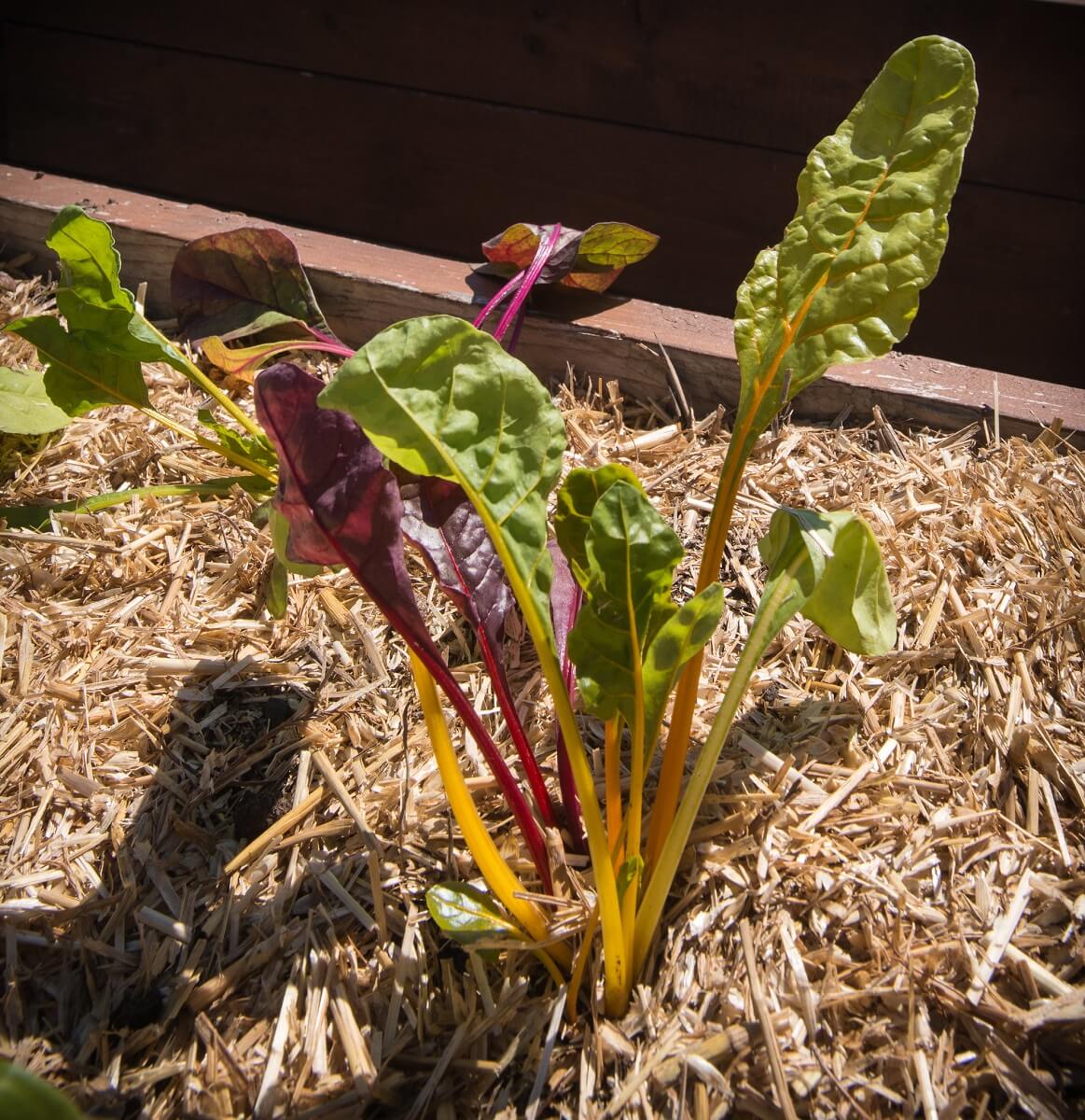
With a bit of thought, you can learn how to mulch to increase your garden yields. Adding mulch also improves the look of your outdoor space and reduces your workload. If you don’t feel well one day during the summer, having a well-mulched garden means you can rest and not worry about losing your precious plants.
Do you use mulch in your garden? If not, why? If you already mulch, do you have a favorite type that seems to work like a charm every year? Let us know in the comments!









































You can save yourself the work of removing all the weeds if you use Lee Reich’s “Weedless Gardening” method. Mow short or push over, apply newspaper etc. (1st time only), add mulch. Details are in his book.